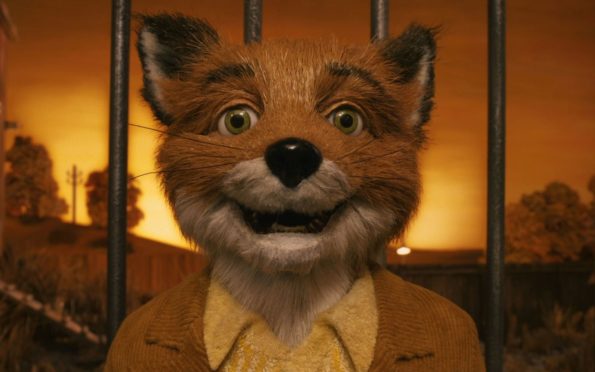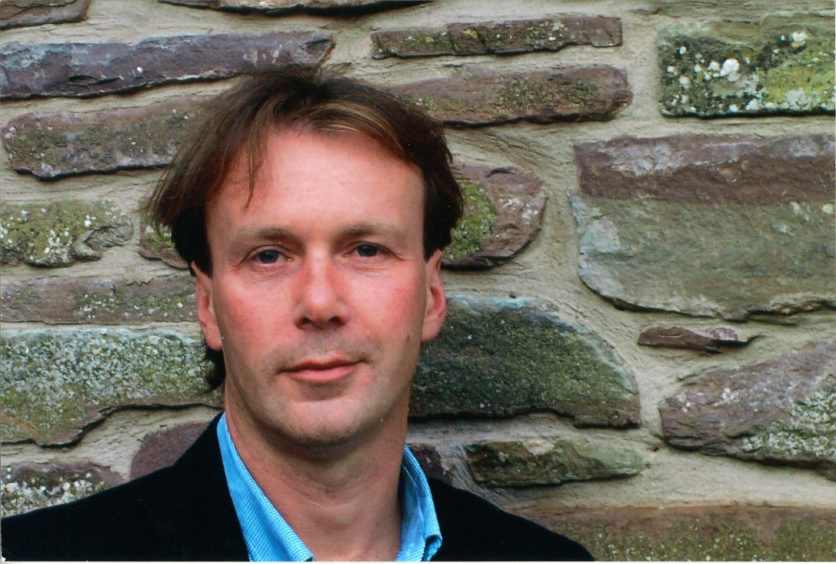
The fox has been with us for millennia. Award-winning nature writer John Lewis-Stempel is keen to shine a light on the love-hate relationship that exists between us.
Here, the Herefordshire-based author tells Sally McDonald the Honest Truth about this much-maligned animal.
Why did you write this book?
I love foxes for their wildness; I hate foxes for killing my chickens. It’s a British condition, to both like and loathe the fox. I wanted to know their truth – vermin for the hunt or Roald Dahl’s Fantastic Mr Fox?
When did you first become interested in the species?
I was seven. A fox took my pet bantam. Then, three years later, my father bought home a red-head in the back of his Rover 2000 – a stuffed fox from a gun shop that was closing down.
I put the stuffed fox in my bedroom, and spent years admiring the gloss of its coat, the length of its bushy tail, the precision spring-snap of its jaws.
Foxes are very good at their job, which is assassination.
For how long has the fox roamed Scotland?
Along with the badger, the fox is likely our oldest landowner. The species has lived in these isles since the geological Wolstonian period, 352,000 to 130,000 years ago. See a fox in a Glasgow street or an Aberdeenshire glen and you seeing a sight your ancestors saw.
The fox connects us to our past, as a trawl through place names, will prove. Anything with “fox” or “tod” (a male fox) is fox-land. Just think of Todhills in Midlothian, Todrigs Burn in Ayrshire, Todholes in Dumfriesshire, and Todhillock in Aberdeenshire.
What have been the most major changes in its history?
Oddly, the fox has been saved by the sport of hunting, and thus not gone the way of the wolf.
When the fox became deemed worthy of being chased in Medieval times, conservation measures were undertaken on its behalf, from planting coverts for refuge to stock being imported from abroad. The Scottish red fox is very close genetically to the Scandinavian. In the 20th Century, the fox discovered the garden shed and the rubbish bin, and moved from countryside into the town.
Where did your research take you and how long did it take?
I have had a lifetime of foxes – my research has taken me more than 50 years. I’m the only person I know who has been “blooded”, the ancient ritual for those who witness their first “kill”, and who has also sabotaged a fox hunt.
In literature, the paw-prints of the fox are all over our culture. The foxy fable The Morall Fabillis of Esope the Phgrian by the makar Robert Henryson dates from the 15th Century. So move over, Mr Dahl.
Your most surprising find?
That foxes are possibly uniquely able to navigate the Earth’s magnetic surface to locate lunch. Scientists believe they use an internal compass when hunting to judge direction and distance.
Your most shocking find?
In the 18th Century a popular aristocratic sport was “fox-tossing”. Foxes were let loose over canvas sheets in an arena, and the sheets then hoisted to throw the foxes in the air.
What do you hope readers will take from this book?
I hope they will come to understand that a fox is neither good nor bad, neither a fluffy toy nor a biter of babies in nurseries.
The fox is a contradiction – a dog that has catty-eyes, a dog that has catty-pounce. The fox is an untameable Fido that humans want to control. But the fox, aside from its intrinsic fascination, reminds us of our limited thinking and our arrogance.
What do you hope for the future of the fox?
That people keep their litter in a secure bin, to deter scavenging. The fox, like us all, will be lazy if food is accessible. A fox hunting, cunning and determined, out on the scent in moonlight is one of the great sights of nature. A fox raiding a discarded chip packet is demeaning – for us, too.
The Wild Life Of The Fox by John Lewis-Stempel, published by Doubleday is out now.

Enjoy the convenience of having The Sunday Post delivered as a digital ePaper straight to your smartphone, tablet or computer.
Subscribe for only £5.49 a month and enjoy all the benefits of the printed paper as a digital replica.
Subscribe